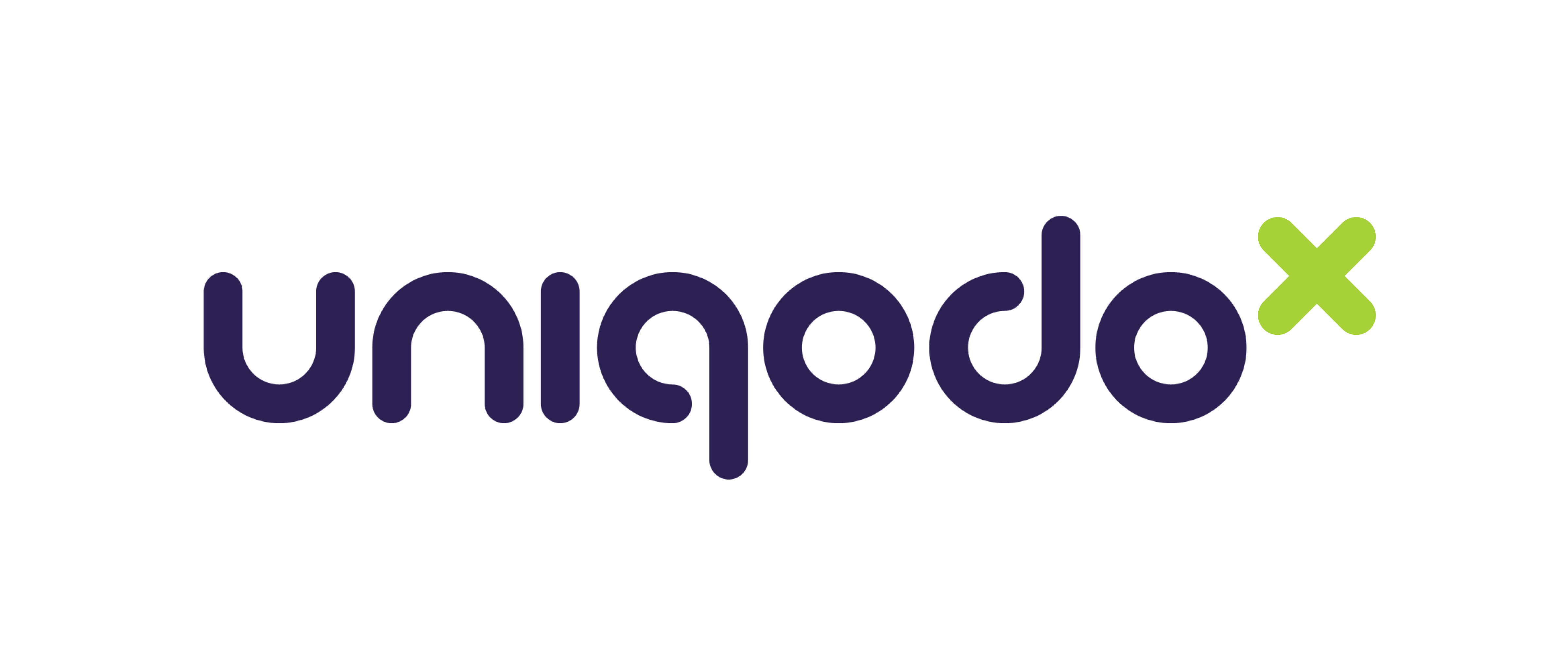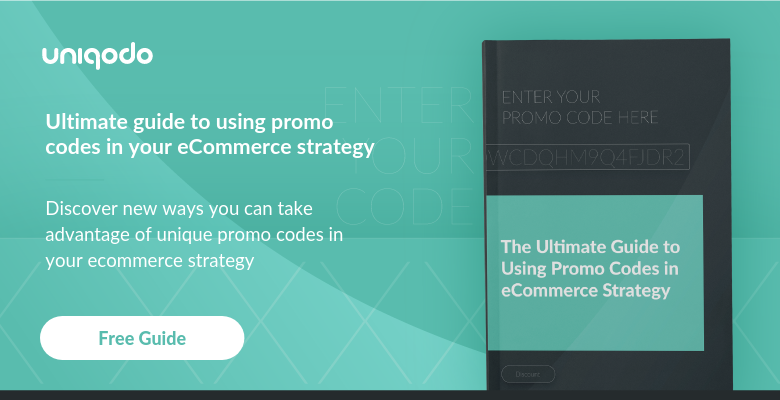With the festive season out of the way and financial stability returning to households all over the country, the first quarter of the new year is typically pretty strong for most travel brands. However, with demand comes competition. And when you’re sharing a market with other, more established travel brands, it can be a real challenge to lure customers away from your competitors.
The good news, however, is that the online realm is a great leveler, and as bargain-hunting holiday makers take to their laptops and smartphones to find great deals, positioning yourself in front of them at the right time can help you to win their loyalty and grow your brand. Here are some effective ways in which you can get an edge over the competition and lay a strong foundation on which growth can be built.
Make customers an offer they can’t refuse with unique single-use promo codes
We all love a bargain, especially when it’s on a large purchase like a holiday. And when you give travellers access to promotional codes, it can give them a great reason to commit to a booking. But while promotional codes are great for customers, they’re not always great for the businesses distributing them.
Promotional codes can be prone to misuse or spamming, and this can erode the already low margins faced by travel brands. Invest in the software to create unique, single-use promo codes, however, and you can get all the benefits of promo codes without the risk of misuse.
Still, a promotional code needs to be administered in the right place at the right time to be at its most effective and generate the most perceived value for the user. Which brings us to...
Reach travellers at important micro-moments
Micro-moments are intent rich moments during which consumers instinctively reach for their mobile device. This doesn’t necessarily mean that they’re ready to make a purchase. It might just mean that they want to learn something about a destination or find out about deals that are available. And with 49% of bookings being made on a mobile device, leveraging micro-moments is essential to your brand’s growth and competitive edge.
Traditionally micro-moments are distilled into 4 categories: “I want to know”, “I want to go”, “I want to do” and “I want to buy” moments. But what might these look like in the context of the travel industry?
- Dreaming moments — Customers are perhaps feeling stressed at work or overwhelmed at home and might be fantasising about getting away.
- Planning moments — Customers have a rough idea of where they want to go and are ready to start making real plans and taking action. At this point, they may even be willing to pull the trigger on a booking if they see a good enough deal.
- Booking moments — The customer has carried out their research, familiarised themselves with the available options and is now ready to commit to booking.
- Experiencing moments — With their holiday booked, the customer is getting into the spirit of things and looking forward to their getaway. Still, just because you’ve sold a booking doesn’t mean your window of opportunity is closed. This is a great time for upselling, suggesting potential car rentals or optional enhancements for their hotel stay.
Because these can strike at any time, it’s important to ensure that customers can carry out research across multiple devices for a consistent user experience.
Incentivise customer referrals
Trust can be hard to come by for new travel brands. Especially when they operate solely in the online sphere. While the traditional travel agent is a less prominent presence on the high street, people can still be slow to trust online travel brands. And no matter how slick your marketing may be, they’re likely to take anything you say about yourself with a pinch of salt. However, they’re much more likely to trust the word of other consumers, especially people they know and trust already.
This is why you should incentivise your happy customers to refer others in their circle of influence (friends, family, colleagues etc.) to your brand. This can help to establish you as a credible and trustworthy brand that delivers great value for money.
The importance of social proof
Customer referrals aren’t the only important form of social proof. When travellers see well written and sincere positive reviews from other holidaymakers, they’ll be more inclined to trust your brand. Which is why, as well as incentivising referrals, you should also encourage your satisfied customers to leave reviews. These are extremely valuable in helping your young travel brand grow in legitimacy and win over uncertain travellers.
Reach out to travel bloggers and other influencers
Speaking of social proof. Don’t forget that travel bloggers and other influencers in the field are also well liked and trusted, especially by younger consumers. In fact, many millennial travellers feel that their favourite content creators understand them even better than their own friends.
Your unique promo codes can also be useful when getting key influencers from the travel industry on side. When you give influencers their very own code, you can give them an incentive for every referral they generate. And because their promo codes are unique, you can easily identify which influencers are gathering the most referrals for you.
Leverage scarcity marketing tactics to target shopping cart abandonment
Shopping cart abandonment is a huge issue across the board when it comes to eCommerce, but travel brands suffer from it even more than most. And with average global abandonment rates of over 75% (and over 80% for the travel industry), that’s an issue that all self-respecting travel brands need to tackle if they’re to have a hope of growing sustainably.
It’s not difficult to see why the travel industry faces higher than average cart abandonment. Travel is, for most, a non-essential activity and one that typically requires substantial investment on the part of the customer. And with so many competing brands to choose from, cost-conscious travellers may take some persuading that the right deal is the one on their screens right now.
Leave these customers on the fence, though, and there’s less chance that they’ll commit. Use some scarcity marketing tactics to get them off the fence.
Diminishing discounts
Even when presented with a fantastic deal, some customers can still have a frustrating habit of dragging their feet. Diminishing discounts motivate them to commit faster by withdrawing the best deals as more customers come to claim them.
So, for example, you might offer a 20% discount to the first 100 people to click a link on an outbound email or your social media feed. Then that offer might drop to 10% to the next 100 people. For the next 100 it might drop to a further 5%.
Holidaymakers are more likely to engage with offers if they have a feeling that someone else might snap them up first.
Limited time offers
One of the biggest obstacles for travel brands is how customers can take too long during the research phase as they scour the internet for deals from numerous competing brands. Limited time offers can help them to see the value in the deal that’s right in front of their noses. You might offer an exclusive discount to customers who act within 24 hours of their cart being abandoned.
Be careful offering these, however. You don’t want to get into the habit of letting customers abandon cart after cart in the hope of getting better deals.
“Blink and you’ll miss it” offers
Finally, you might want to introduce sporadic one-time only “blink and you’ll miss it” offers on your website or social feeds. These can result in big savings for a handful of lucky customers while encouraging those who missed out to keep a close eye on your brand in future.





Subscribe to the Blog